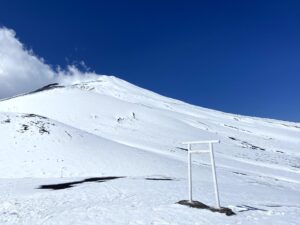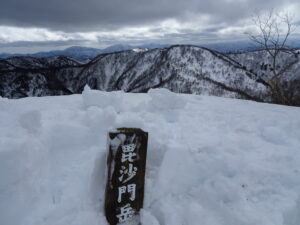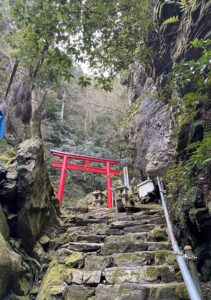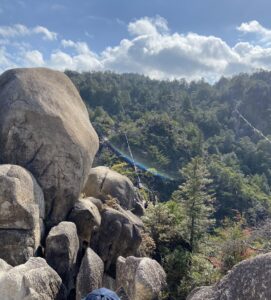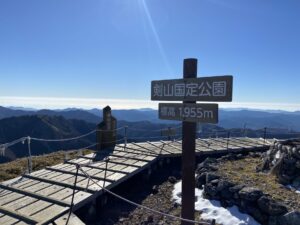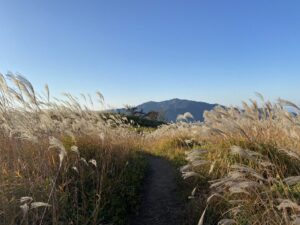As Christmas comes to an end, we are heading straight into the year's finale. With each passing year, I feel the days and months slipping by ever more swiftly. How do you all spend this time of year? For me, despite intending to wrap up the year's tasks within the year itself, I often find myself carrying over unfinished cleaning and various chores into the new year, a recurring pattern that seems to persist (^^; I remember my grandmother, during her lifetime, saying, "Life goes by in the blink of an eye." Indeed, as she said, life passes quickly, and I find myself talking to the sky, agreeing with her, as I hustle through these busy end-of-year days. Many people indulge in reading during the New Year holidays, so I'd like to introduce a book I recently read. I picked it up without much thought, attracted by the title, but it turned out to be a book that provided insights into the ancient Japanese spiritual practice of "worshipping mountains." The author, Sōhō Machida, has a unique background. Born in Kyoto, he became a monk at the age of 14 and trained at the Daitoku-ji Temple in Kyoto. Later, he moved to the United States, completing his doctoral studies at Harvard Divinity School and earning a Ph.D. at the University of Pennsylvania. He's climbed sacred mountains and even dived into the sea—an academic with a rather uncommon set of experiences. After suffering from an illness, I started mountain climbing. I distanced myself from what is considered standard medical treatment, turning instead to frequent mountain visits. So far, there has been no recurrence of the illness. Inspired by the book's title, I began reading, wondering if the mountains were imparting some sort of power to me. While the power of nature plays a part, illness, literally meaning "sickness of the Ki氣 (vital energy)," implies that poor circulation of Ki氣 leads to physical and mental imbalance, manifesting as illness. Playing in nature seems to have a significant effect on clearing one's Ki氣. Perhaps that's why people who soak up the sun and enjoy outdoor activities seem so lively. Not just outdoor activities, but immersing oneself in a favorite hobby, like belting out songs at karaoke, seems crucial for maintaining health by periodically clearing pent-up emotions. However, it's not just about enjoying the mountains. It's about a connection that dates back to our ancestors who lived through the Jomon period, respecting and fearing nature, not just the mountains. This book made me realize that the excitement I feel towards the mountains may be an inherited trait from those distant ancestors. Japanese people revered a multitude of deities, and it's said that these deities first encountered each other in the mythological space of mountains. "The significant place of mountain worship in Japan's spiritual history is due to mountains being the confluence of three major cultural currents: the mountain dwellers, the sea folk, and the agricultural communities." Considering that 75% of Japan's land is mountainous, it makes sense that mountains are central to its culture. The book describes various mountains, like those inhabited by serpents, mountains where gods reside, and mountains where spirits are rejuvenated. It's a fascinating read, offering perspectives on mountains and their history different from those found in other books about Japan's famous mountains. Some mountains mentioned in the book beckon for another visit. One chapter that particularly intrigued me was about Mount Hakusan, which was also celebrated by the Jomon people with dances. Last summer, I climbed Hakusan and was rewarded with a beautiful sunrise. While camping at Nandarōgababa Campsite was enjoyable, staying in a mountain hut at the summit to experience the sunset, a star-filled night sky, and the sunrise was extraordinary. While waiting for the sunrise, a priest gave a talk about the history of Hakusan. As the sun began to rise, following the priest's lead, all of us at the summit celebrated the sunrise with three cheers, a local custom. That moment of shared joy at the break of day felt truly blissful.

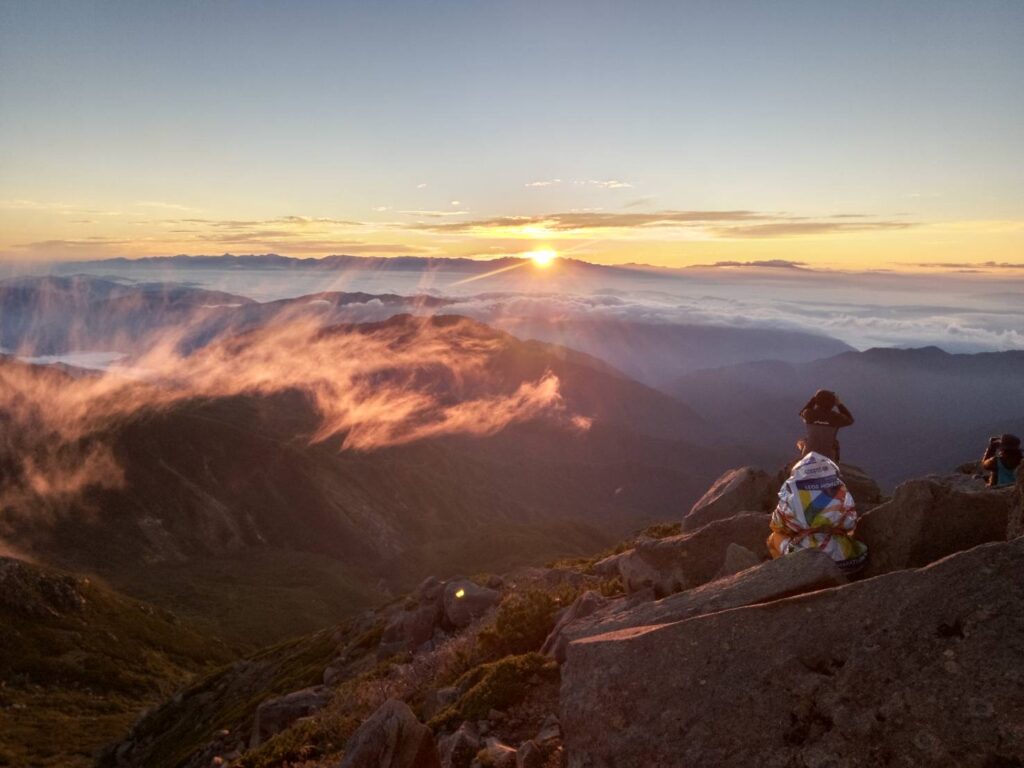
Taicho, the founder of Mount Hakusan in 717, was said to be the son of a boatman, and his disciples were also from boatman families of the Noto region. This truly represents the confluence of maritime and mountain cultures. Near Mount Hakusan, in the middle reaches of the Tedori River, lies Funayama, a site with Middle Jomon Period ruins known as "Matsuri no Niwa" (Festival Garden). This site is also considered to be the origin of the Hakusan Himi Shrine. It's thought that the Jomon people may have danced there, looking up at Mount Hakusan. I hope to visit this place someday. It's said that the Jomon people, along with Native Americans, Polynesians, and Celts, worshipped nature, recognizing the presence of gods in the sun and the earth (animism), and had similar views on life and death. However, civilizations that lived peacefully with nature often faced invasions justified by monotheistic religions and other faiths. Observing the world, where religious conflicts still persist, makes one reconsider the significance of religions that are intertwined with power, dominating people, and perpetuating conflicts over differing ideologies. As we approach the end of the fifth year of the Reiwa era without an end to wars, I can only hope that the coming year will bring a more peaceful world. This is my final blog post for the year 2023. Thank you, and I look forward to your continued support in the new year (^^).
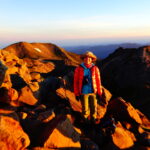
 |
中古価格 |


